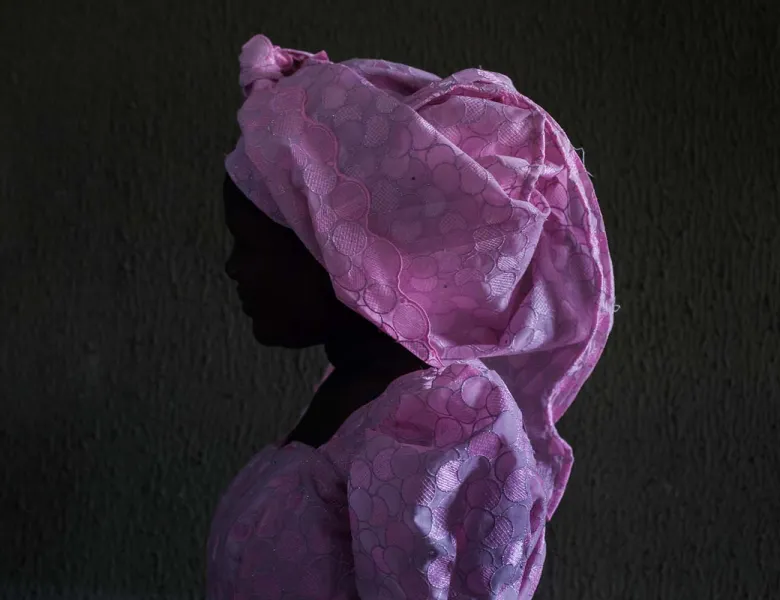Finding the lost negatives of a young Elliott Erwitt
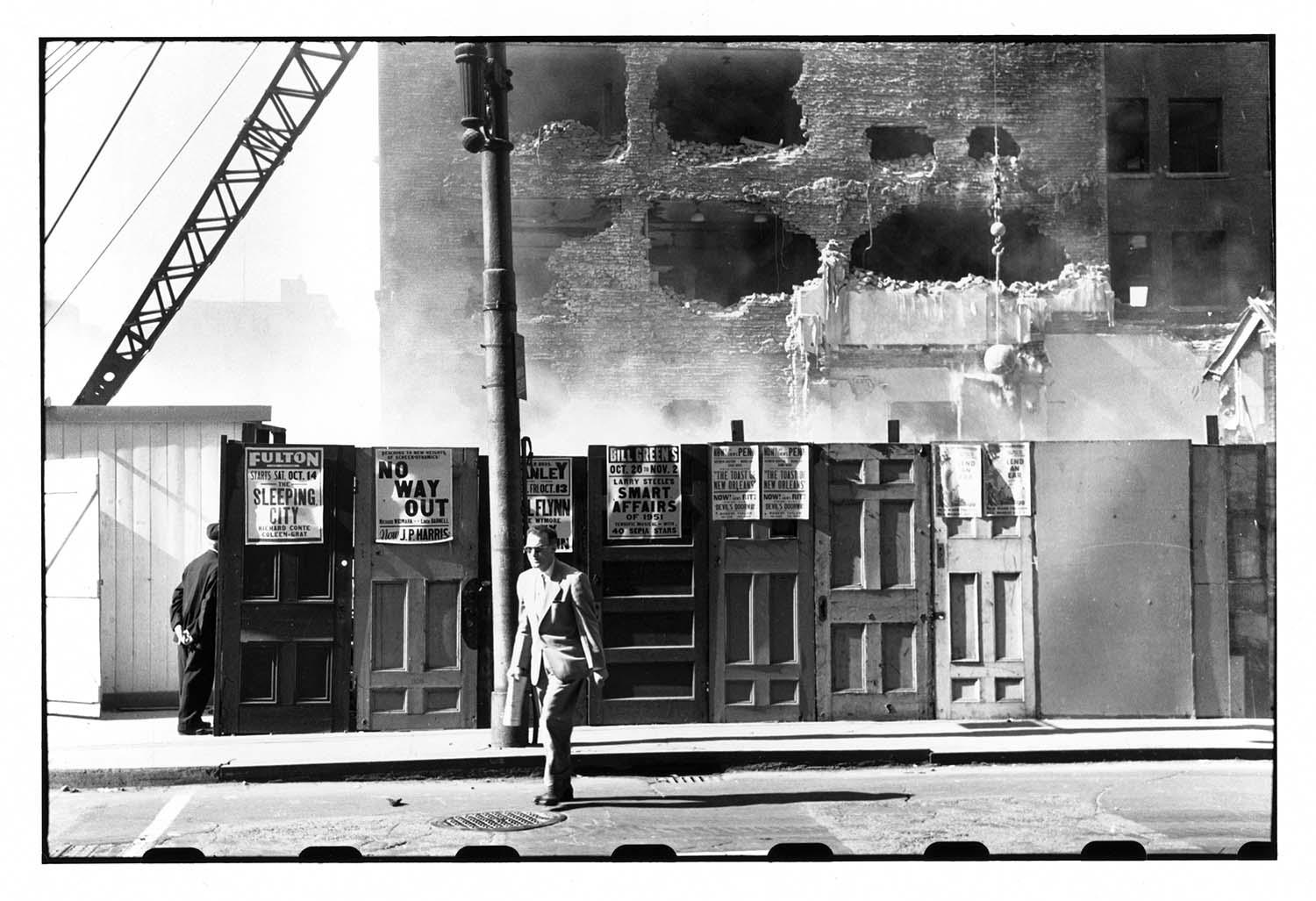
"Many of Erwitt’s negatives were slated to be “killed,” but survived – negatives that, long forgotten and long unseen, now emerge in this book from the murk of the intervening decades. It’s in this kill file that we find some of Erwitt’s most compelling frames."
- Vaughn Wallace, from the accompanying essay in 'PITTSBURGH 1950'
Hi Vaughn, thanks for speaking with us. Firstly, could you tell us a little more about how you found these lost negatives... it must have been a "pinch myself" moment?
The project started when I began looking into the circumstances behind Elliott's well-known image of a child pointing a toy gun to his head. The Magnum caption gave the date (1950) and the location (Pittsburgh), but nothing else. I wondered about Elliott's time in Pittsburgh, assuming he was passing through on assignment. I quickly learned that he had arrived in the city at the invitation of Roy Stryker, who was tasked with building a cadre of photographers to document the city's changing face. Founding the 'Pittsburgh Photographic Library' (PPL), Stryker gave Elliott free reign of the city for several months, documenting whatever and whomever he fancied.
Soon after looking into that first image of Elliott's, I was elated to discover that the Carnegie Library of Pittsburgh held the full PPL collection: original negatives, contact sheets, original captions, crop-marks and more. I hesitate to characterize these negatives as lost -- they have been made available to the public by the Carnegie Library of Pittsburgh since the 1960s. Gil Pietzrak, who oversees the library's photographic collections, offered me access to begin studying the works, and I soon realized that hundreds of Elliott's original negatives were interspersed through the work of the 10+ photographers who contributed to the PPL. Within my first days studying the collection, I had found the frames immediately before and after the iconic image of the kid with the toy gun and knew that this was something special.
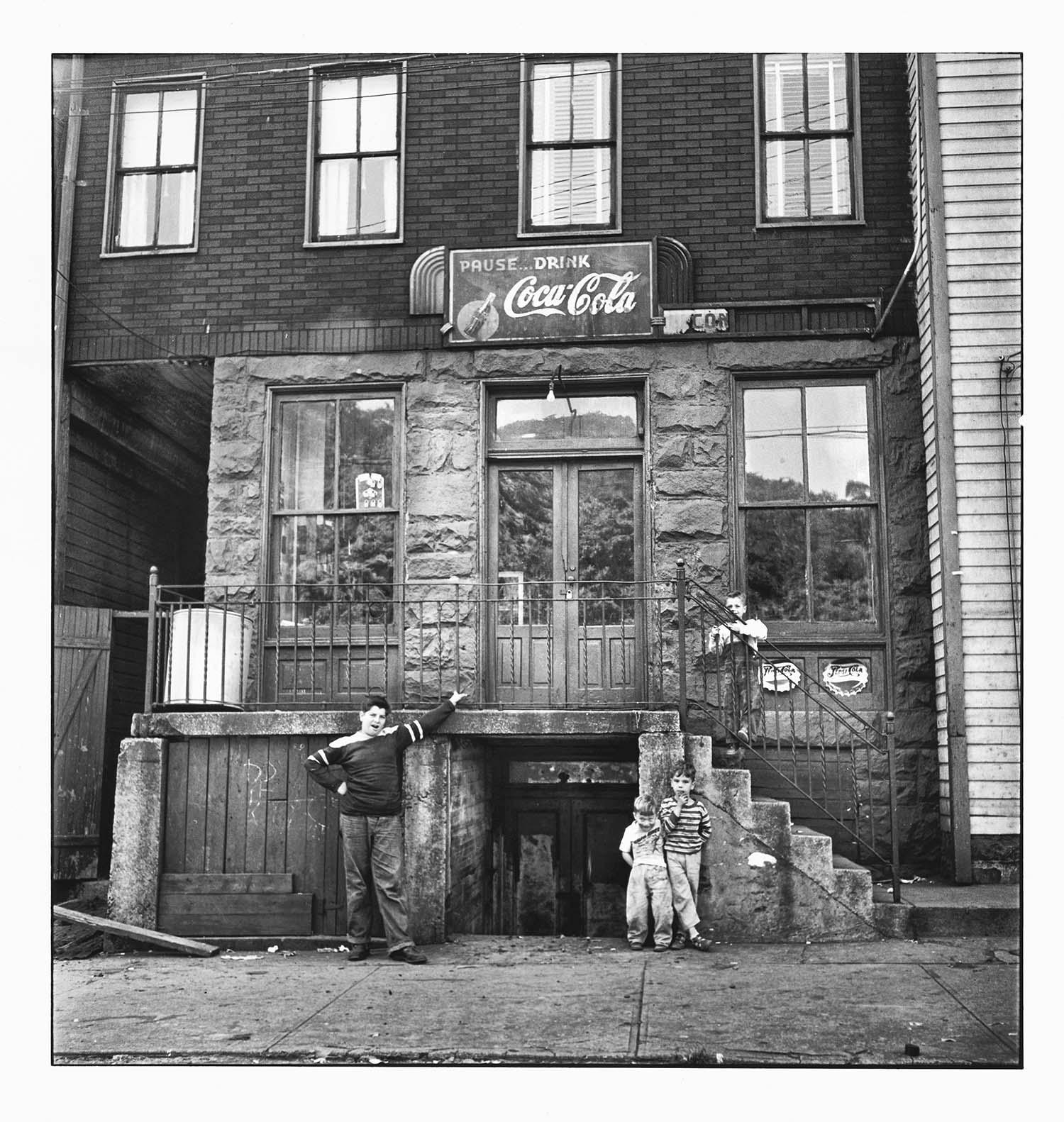
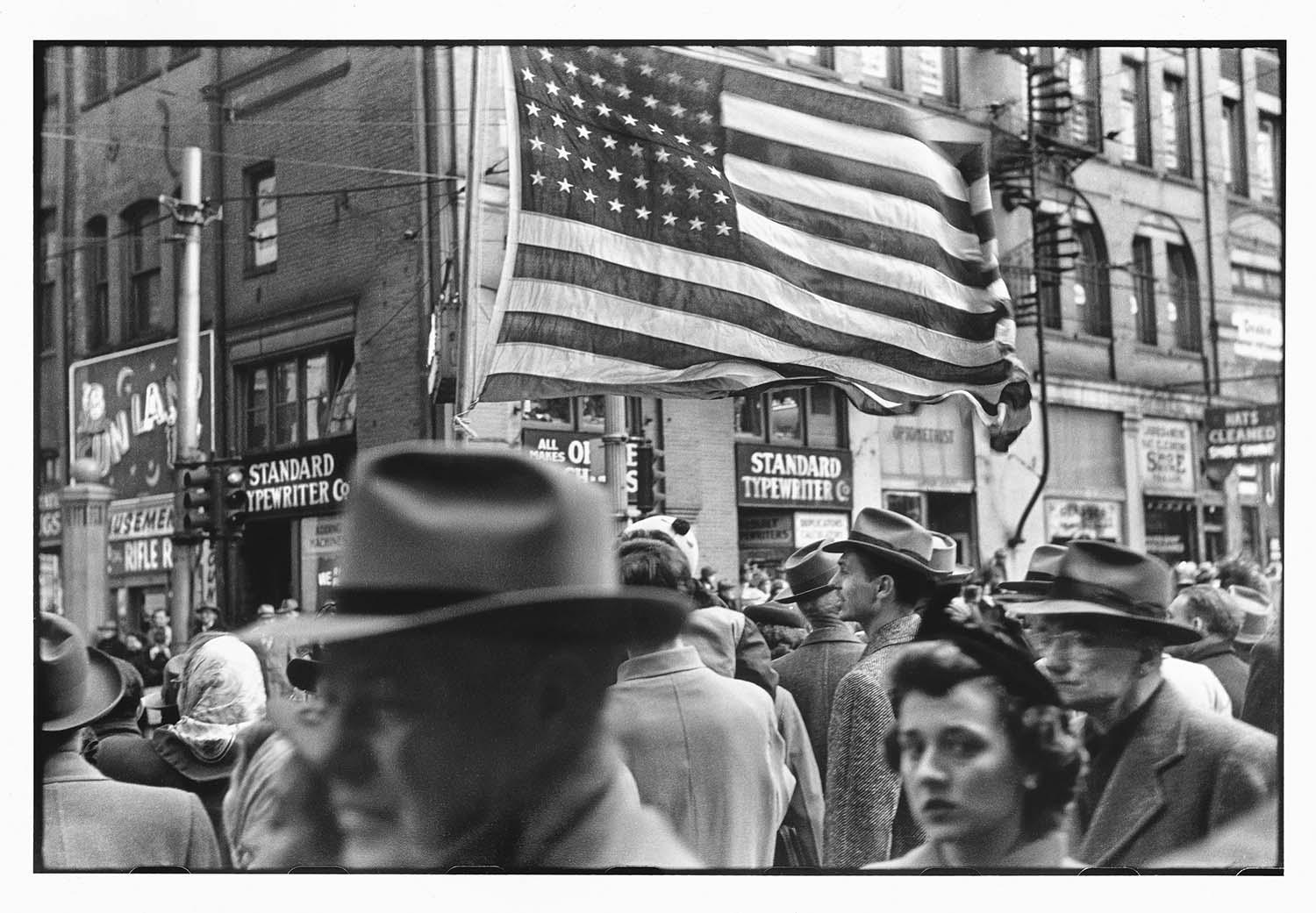
What were your initial thoughts about what to do with the work? Did you see a book down the line all those years ago?
I first began taking an inventory of Elliott's work, making reference images with my iPhone when I found a particularly interesting frame and notating the file #. Later, in New York, I dropped by Elliott's studio while working on a story for TIME's LightBox blog; at the end of the interview, I mentioned that I had been studying his work from Pittsburgh. I pulled out my phone and showed him a few of the reference images, but it was clear to me that he was looking at this work for the first time in a long while. He asked if I still had access to these negatives and that he was quite interested in seeing more of them.
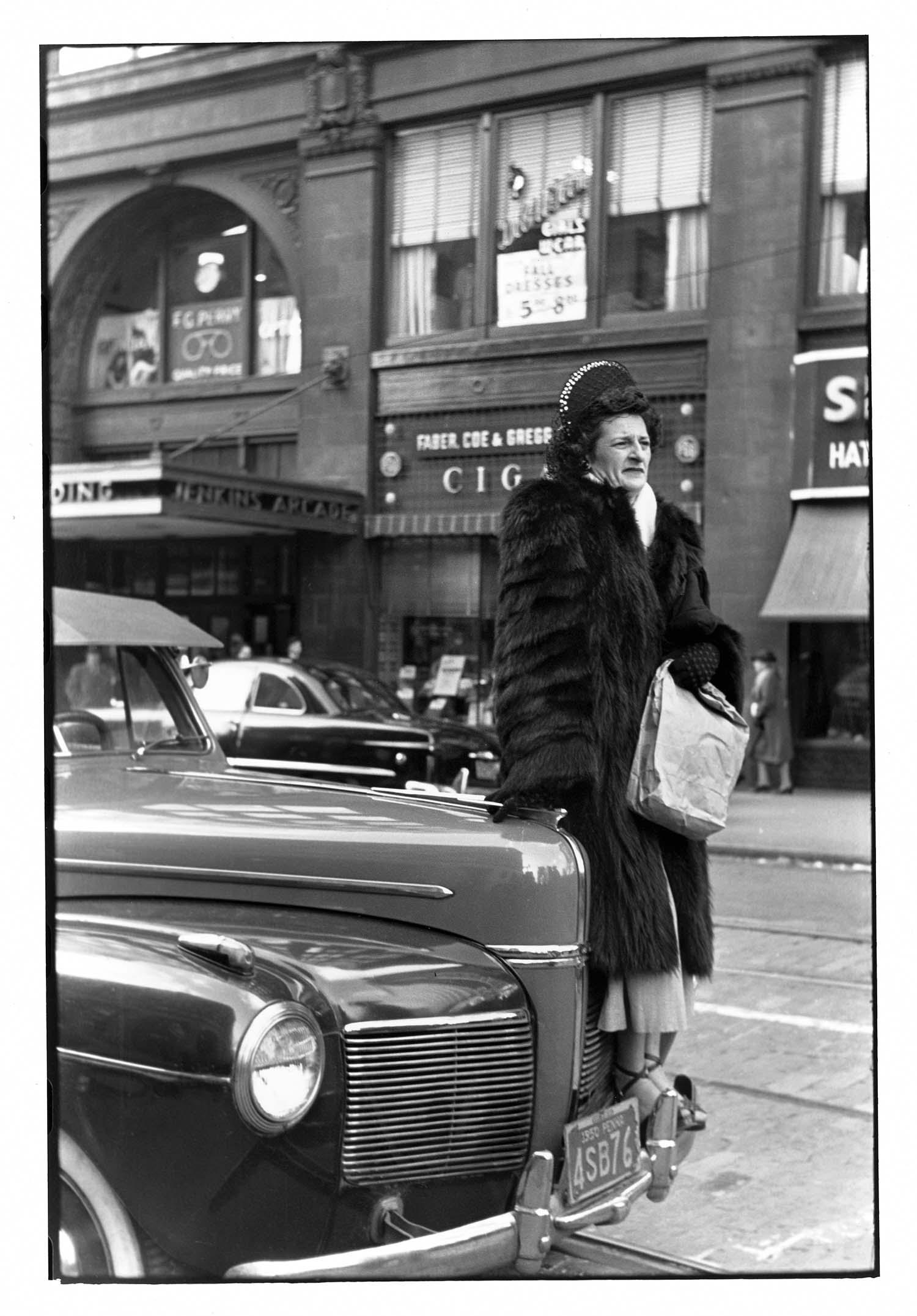
It took 5 years to bring the work into the public eye. Tell us about that process and what it was like to edit side-by-side with Elliot
After this first meeting, I returned to the Carnegie Library and began robustly categorizing anything I could find with Elliott's byline. The library retained the PPL's original caption and contact books, but they were beginning to fall apart. Finding Elliott's images was a time-intensive process: first you have to find a typed caption sheet that references Elliott's name, then find the associated negative. After examining the subject matter, you return to the negatives and look for the frame numbers with similar subjects that precede or follow the negative strip you're holding. All of this was made more difficult because the PPL mixed-in different photographers' work... so you may have a strip of 5 of Elliott's negatives, and the next sequential strip was Esther Bubley's.
Over the next years, I slowly ferried small batches of Elliott's work to him in New York, where he would review it. I would return to the library and repeat the process. It was fascinating to see Elliott recall this chapter of his life after not re-visiting it since 1950.
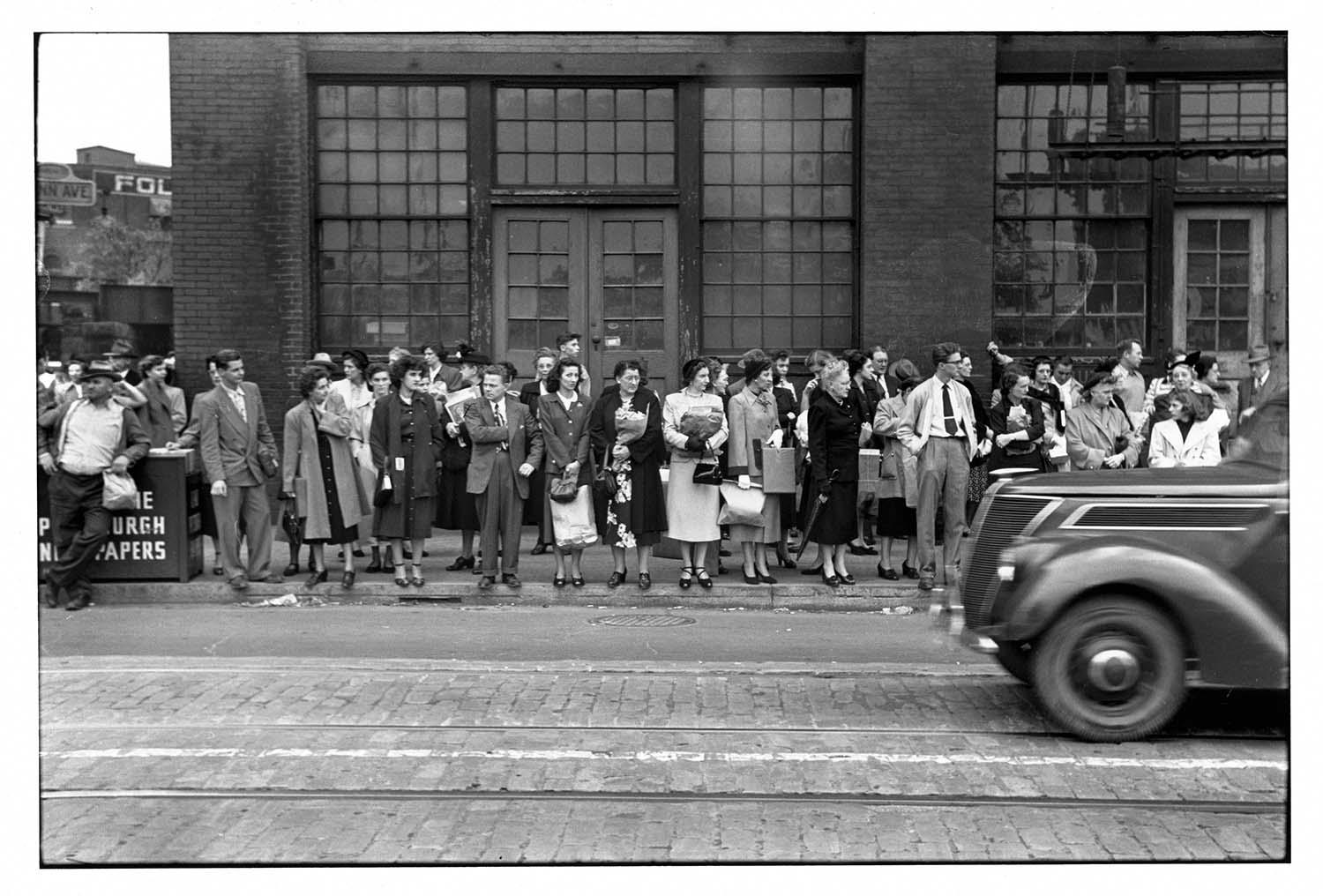
What do these images teach us about the early work of the man? You can see the potential and the style even at such a young age, but he must have still been learning his craft?
One of the most memorable moments came later in this project, when I began wading through the file of negatives that Stryker killed -- images he cast aside because they didn't quite fit the narrative he was attempting to tell through the PPL. Elliott's "killed" images are truly wonderful examples of his early eye; they're a really cool record of his young mind at work. Looking at the contact sheets, you can follow his curiosities as a 22-year-old. Many of his outtakes (as labeled by Stryker) focus on the strange, wonderful human characters of Pittsburgh's streets.
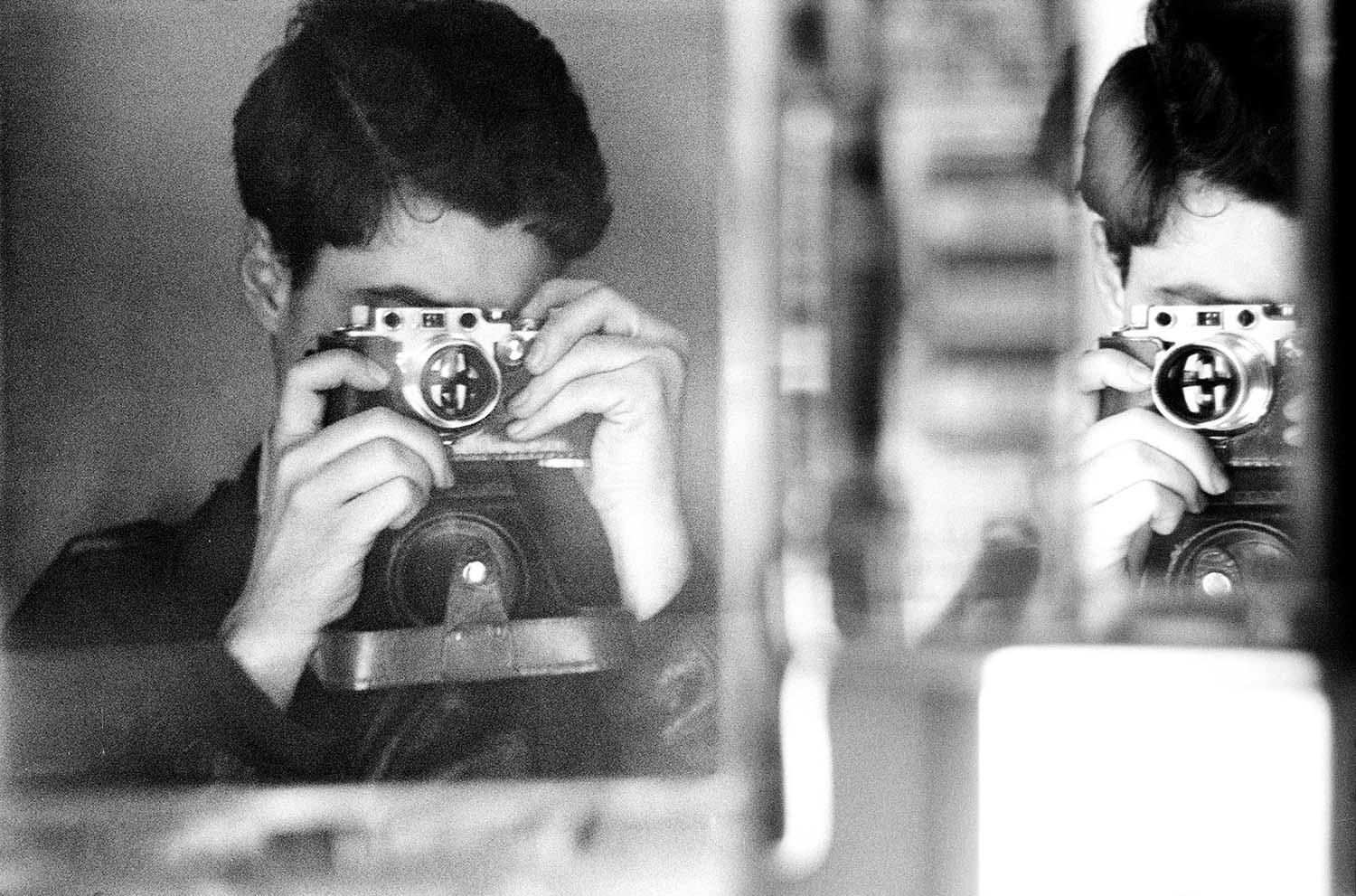
You've said he was confused to see the images again, that he hadn't thought about them... what were his thoughts on the work all these years later?
You are 89 years old and someone brings you a photograph you haven't seen in 67 years. It looks strangely familiar but you can't quite place it. Without putting words in Elliott's mouth, I imagine he's quite pleased that his visual instincts remained true to their origins over a career spanning seven decades. 22-year-old Elliott's eye is as sharp as ever.
'PITTSBURGH 1950' is published by GOST Books, priced £45 / €55 / $65
gostbooks.com
twitter.com/vaughnwallace
vaughnwallace.com






